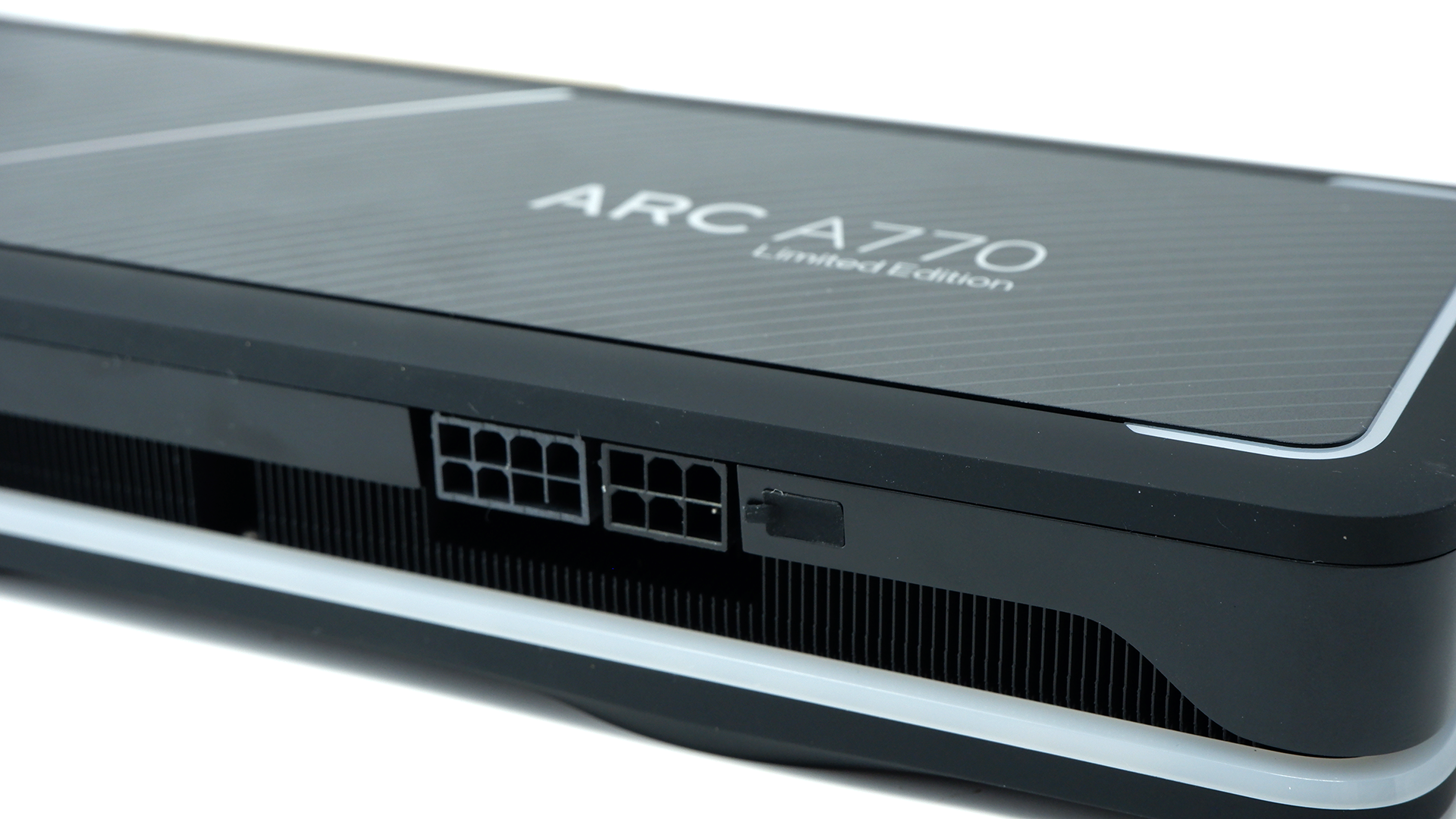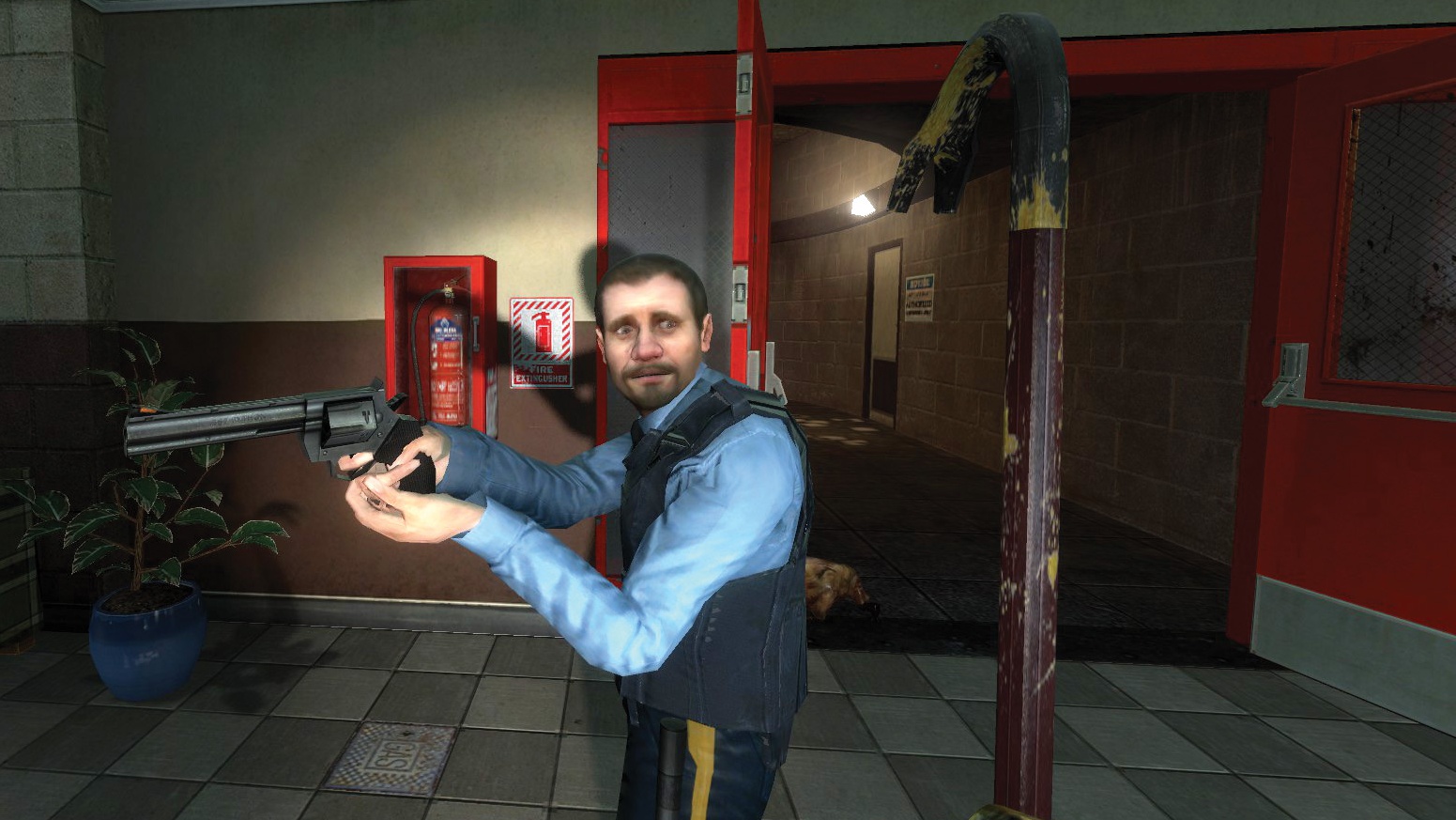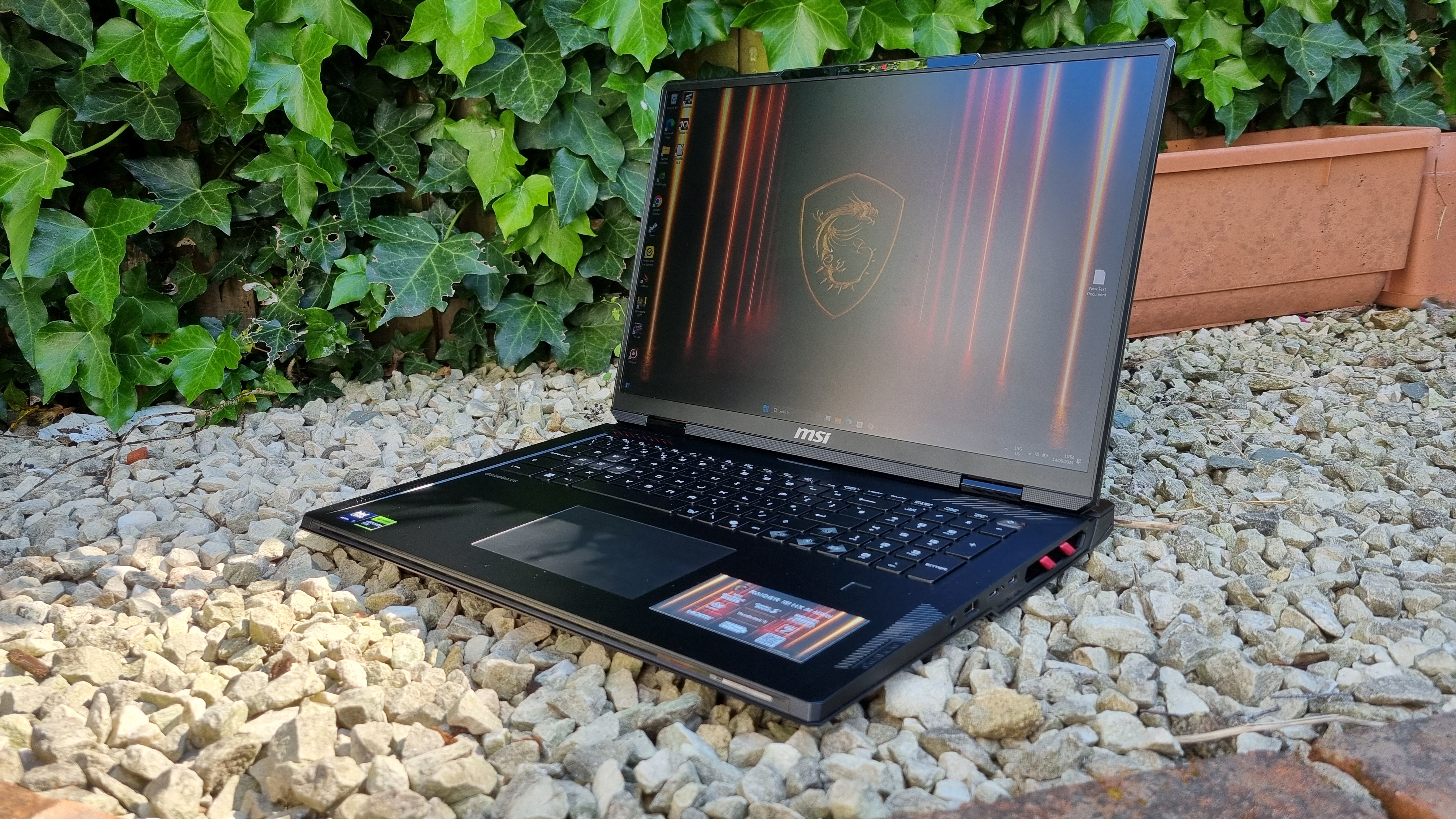
Intel finally gives Arc native DX9 rendering, but only in some games.
You know that Intel Arc beta driver we mentioned yesterday? Turns out it’s a much bigger deal than the rudimentary release note implied. Intel has now posted full details including claims of a performance boost up to 80 percent for certain DX9 titles.
That’s a huge jump and if accurate promises to fix one of Arc’s major flaws, namely conspicuously poor frame rates in legacy DX9 games. Until now, the performance of Arc GPUs including the top Intel Arc A770 card in DX9 games has been held back by the surprising fact that the architecture lacked native support for those older games.
Instead, Intel was using a translation layer to port the games over to DX12 in real time. That inevitably slowed frame rates to well below expectations for the class of hardware Intel had created and prevented the cards from being fully competitive with Nvidia and AMD GPUs.
However, according to Intel Fellow Tom Petersen native DX9 rendering is being added with the new driver. The result in CS:GO, still the most popular game on Steam with nearly one million daily gamers, is an epic 80% boost in performance. By way of specific example, at 1080p average frame rates explode from 177fps to 318fps. Even better, the 99th percentile performance jumps by 130%.
Admittedly, improvements in the other games Intel lists are less dramatic. But 54% in Stellaris, 48% in Starcraft 2 and 36% in League of Legends is not to be sniffed at.
There is, however, a catch. The new driver does not bring universal native support for every DX9 title. Petersen says Intel is taking a “hybrid” approach where some games will run fully native while others will still use translation.
(Image credit: Intel)
We suspect that native will always give the best results and over time more and more games will be supported. But this looks like a very good start.
As we mentioned in our original article, the driver also adds a few frames in certain DX11 and DX12 titles including Call of Duty: Modern Warfare 2, Far Cry: New Dawn, Shadow of the Tomb Raider, DOTA 2 and Dying Light 2.
You can check out Intel’s blog post covering the new release here or watch a video detailing the driver and hosted by Petersen here. The driver remains a beta release and can be downloaded here.






